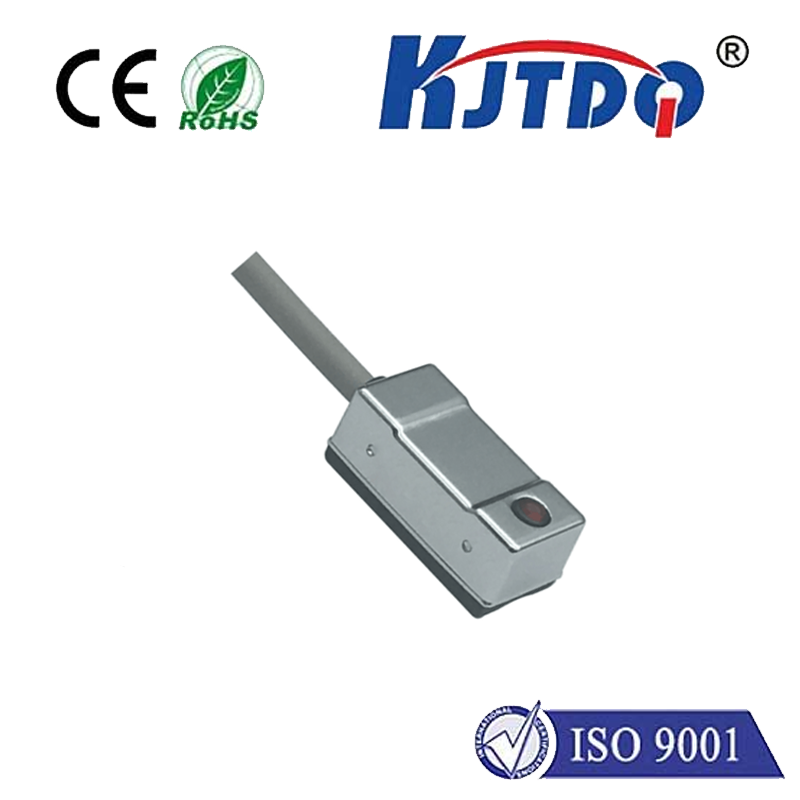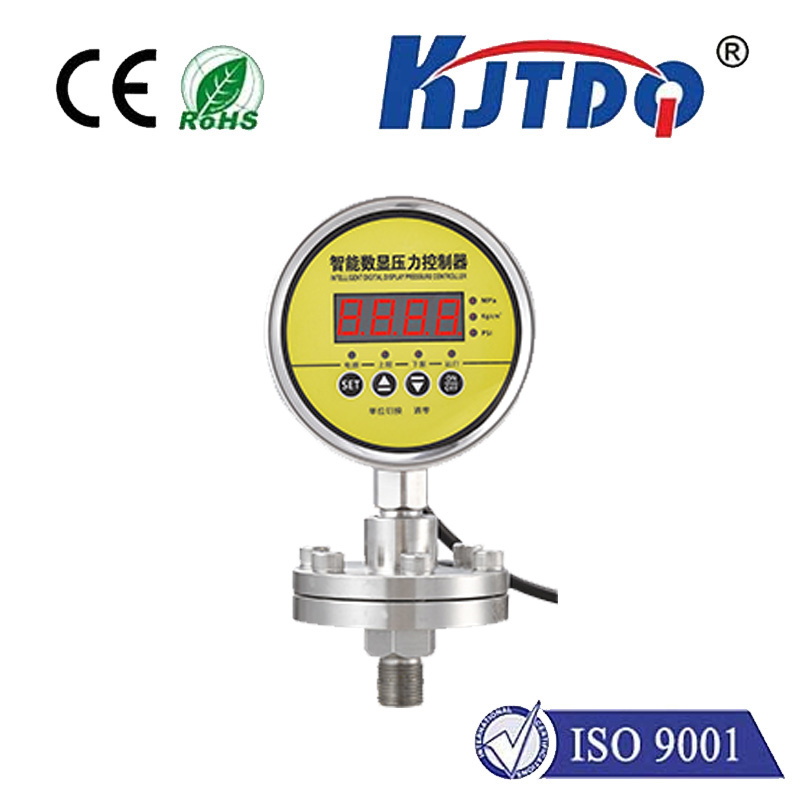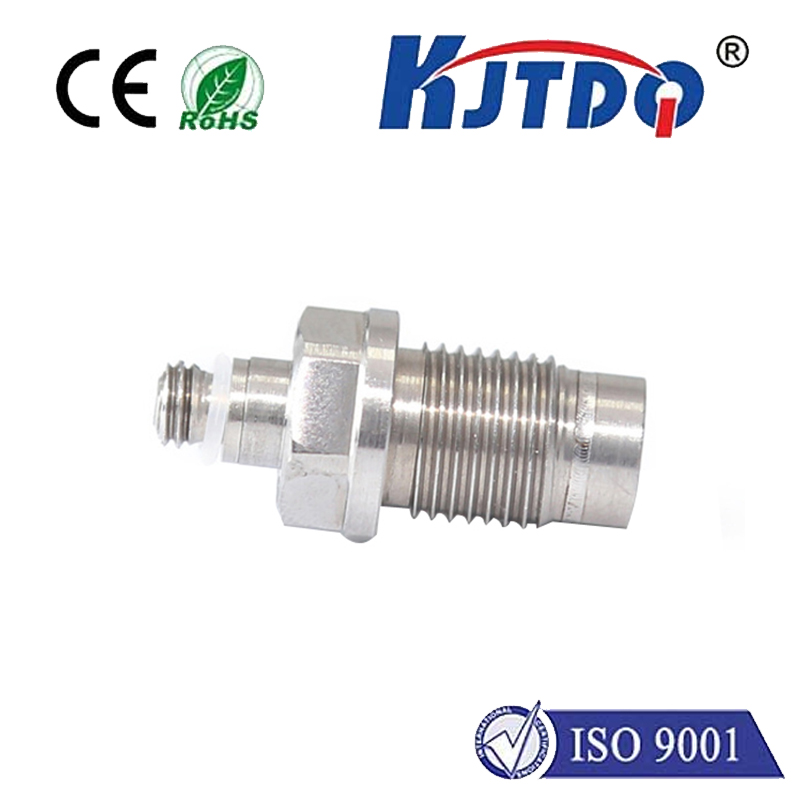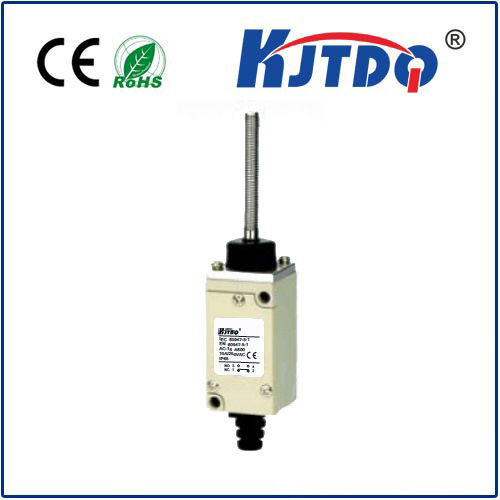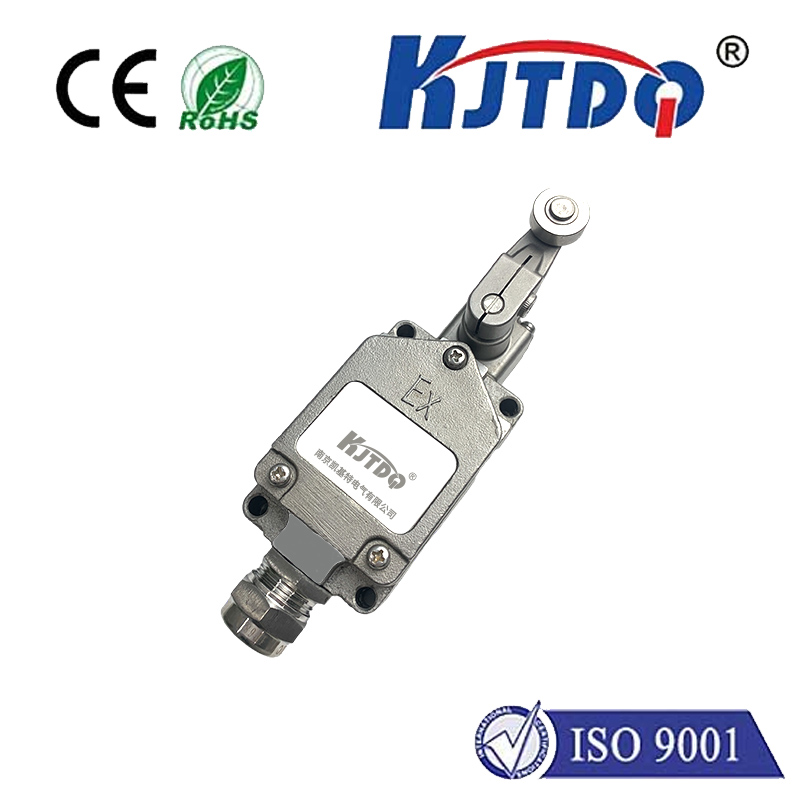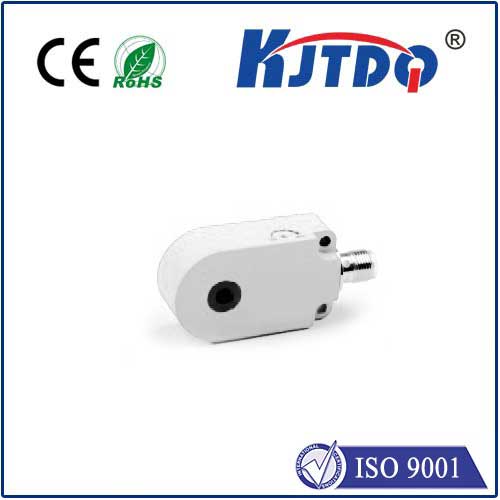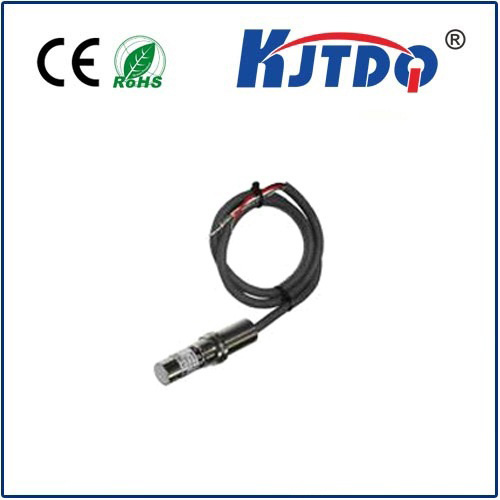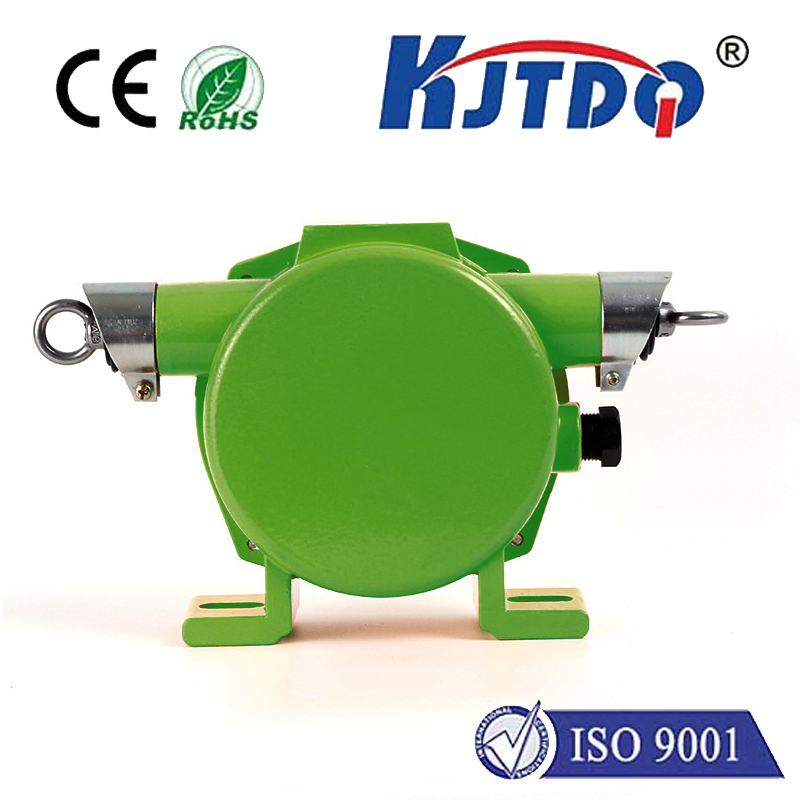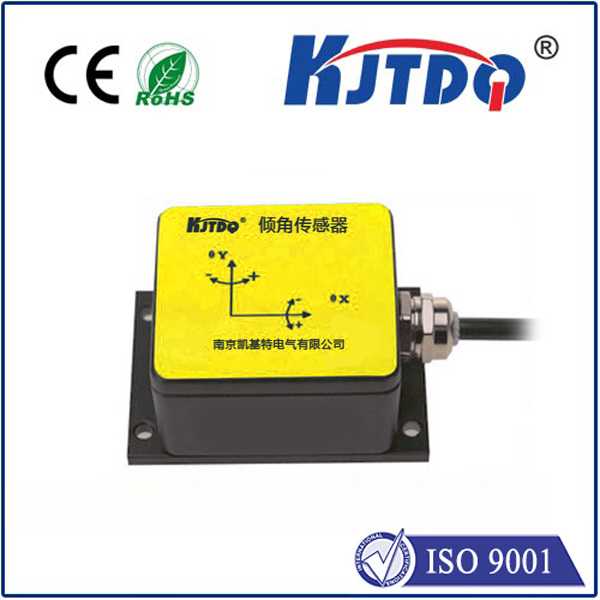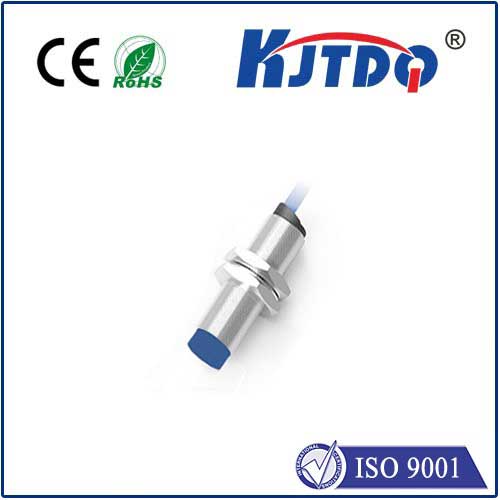
check

check

check

check
Laser Break Sensor: A Revolutionary Tool in Industrial Automation
In the ever-evolving world of industrial automation, the need for precise and reliable sensors has become paramount. One such sensor that has gained significant attention in recent years is the laser break sensor. This revolutionary tool offers unparalleled accuracy and efficiency, making it an essential component in various industries.
The working principle of a laser break sensor is based on the detection of light beam interruptions. It consists of a transmitter and receiver pair, with the transmitter emitting a focused laser beam towards the receiver. When an object passes through this beam, it breaks the connection between the transmitter and receiver, triggering an output signal that can be used for further processing.

One of the primary advantages of laser break sensors is their high resolution and fast response time. Unlike traditional optical sensors that rely on reflected light, laser sensors provide a direct measurement of the object's presence or absence, resulting in more accurate and reliable data. Additionally, their small size and flexibility allow them to be easily integrated into existing systems without requiring major modifications.
Laser break sensors have found widespread applications in various industries, including manufacturing, packaging, logistics, and transportation. In manufacturing, they are commonly used for quality control purposes, such as detecting missing parts or misaligned components during assembly processes. In packaging, they ensure proper product placement and orientation before sealing containers or boxes. In logistics and transportation, they play a crucial role in monitoring inventory levels and detecting potential bottlenecks or disruptions in supply chains.
Moreover, laser break sensors have also made significant strides in healthcare by improving patient safety and reducing medical errors. For instance, they are employed in surgical procedures to monitor vital signs and alert medical staff of any changes in a patient's condition. They are also used in pharmaceutical production to ensure accurate dosing and prevent contamination.
However, despite its numerous benefits, there are some challenges associated with implementing laser break sensors. One of the main concerns is the cost of installation and maintenance, which can be relatively high compared to other types of sensors. Another challenge is ensuring proper alignment between the transmitter and receiver, as any misalignment can lead to false readings or reduced sensitivity.
To overcome these challenges, companies must invest in training employees on proper installation techniques and regularly perform maintenance checks to ensure optimal performance. Additionally, new technologies such as wireless communication protocols and cloud-based analytics can help streamline integration processes and reduce overall costs.
In conclusion, the laser break sensor has emerged as a game-changing tool in industrial automation due to its exceptional accuracy and reliability. Its diverse applications across various industries demonstrate its versatility and potential impact on improving efficiency and productivity. As technology continues to advance, we can expect even greater advancements in the field of laser break sensors, opening up new possibilities for innovation and growth in industrial automation.
